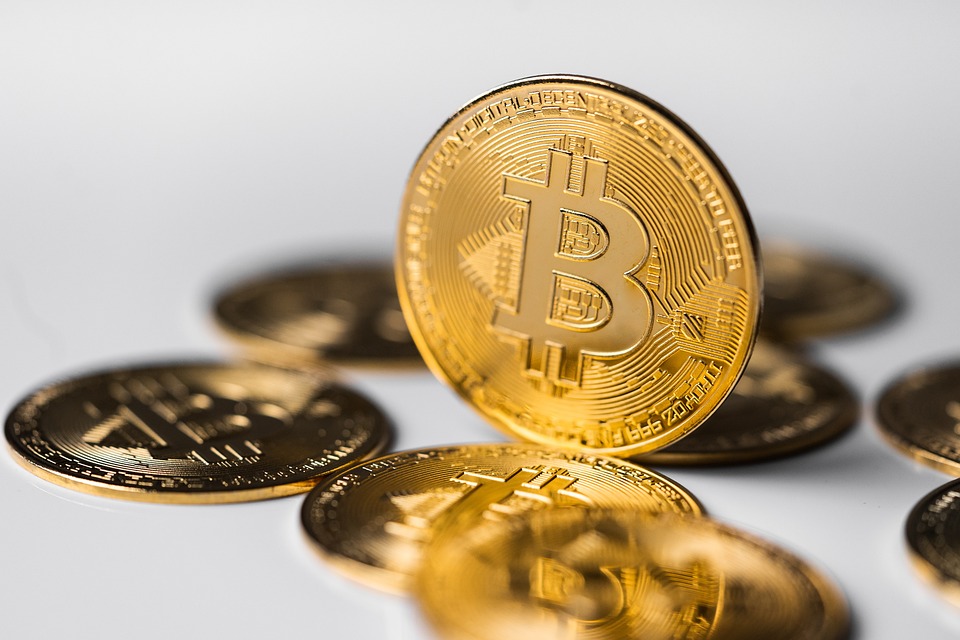In recent years, the financial landscape has witnessed a seismic shift, and in 2023, the traction of Decentralized Finance (DeFi) has been nothing short of extraordinary. As the world increasingly embraces the digital age, traditional financial systems are being challenged by innovative, blockchain-based alternatives. DeFi has emerged as a powerful movement, revolutionizing how individuals, businesses, and institutions interact with financial services. This article delves into the rise of DeFi in 2023, the factors propelling its dominance, and the implications for the future of finance.
Understanding DeFi
At its core, DeFi refers to a suite of decentralized financial services built on blockchain technology, primarily Ethereum. By leveraging smart contracts—self-executing contracts with the terms of the agreement directly written into code—DeFi platforms eliminate intermediaries like banks and brokers, allowing users to engage in lending, borrowing, trading, and earning interest in a peer-to-peer manner.
DeFi encompasses various financial products, including liquidity pools, decentralized exchanges (DEXs), yield farming, and stablecoins. These innovations facilitate a more inclusive financial network, enabling anyone with internet access to participate in global finance without the traditional barriers associated with conventional banking.
The Rise of DeFi in 2023
1. Maturation of the Ecosystem
By 2023, the DeFi ecosystem has matured significantly, with many established protocols and emerging projects gaining traction. The introduction of more user-friendly interfaces and reliable platforms has attracted a broader audience—from crypto enthusiasts to the average retail investor. Layer 2 scaling solutions like Optimism and Arbitrum have also enhanced the speed and reduced the costs of transactions, making DeFi services more accessible and appealing.
2. Institutional Interest
The allure of DeFi has not gone unnoticed by institutional investors. In 2023, banks and asset management firms have started exploring DeFi protocols for their potential to generate higher yields compared to traditional financial products. This institutional interest has led to increased legitimacy in the DeFi space, pushing the conversation around regulations and compliance to the forefront.
3. Enhanced Security and Standards
As the DeFi space has evolved, so too have the standards for security and risk management. Initiatives like audits by reputable firms and insurance protocols have become commonplace, providing users with a greater sense of confidence when engaging with DeFi platforms. Furthermore, educational resources and community-driven best practices have empowered users to navigate the DeFi landscape with more knowledge and awareness.
4. The Impact of NFTs and Gaming
In 2023, the convergence of DeFi with non-fungible tokens (NFTs) and gaming has created new opportunities for innovation. Play-to-earn models have proliferated, allowing players to earn cryptocurrency through gameplay and then leverage those earnings in DeFi ecosystems. This trend has attracted a younger demographic to DeFi, expanding its user base and encouraging the proliferation of novel financial products.
Challenges Ahead
Despite its impressive growth, DeFi is not without challenges. Regulatory scrutiny remains a significant concern, as governments seek to establish guidelines to govern this rapidly evolving industry. There is also the ongoing issue of security—while progress has been made, vulnerabilities in smart contracts can lead to hacks and losses, which may deter new users from entering the space.
Moreover, the environmental impact of blockchain technology continues to be debated, with critics pointing to energy-intensive proof-of-work systems as problematic. In response, many DeFi projects are transitioning to more sustainable consensus mechanisms, highlighting the industry’s commitment to addressing these concerns.
The Future of Finance: A DeFi Outlook
As we move further into the 2020s, the role of DeFi in redefining the financial landscape appears set to expand. The potential for interoperability between different blockchain networks hints at a future where users can transact across multiple platforms seamlessly. With the rise of Central Bank Digital Currencies (CBDCs) also on the horizon, the intersection of DeFi and traditional finance may foster an environment of collaboration rather than competition.
In conclusion, DeFi’s ascent in 2023 reflects a broader trend of digital transformation within the financial sector. By prioritizing accessibility, transparency, and innovation, DeFi is poised to challenge the traditional financial paradigm and reshape our understanding of money and value. As this revolution unfolds, stakeholders must remain attentive to regulatory developments, security advancements, and technological innovations that will undoubtedly influence the trajectory of decentralized finance. Whether viewed as a threat or a complement to established financial institutions, DeFi represents an exciting frontier in the evolution of global finance.




